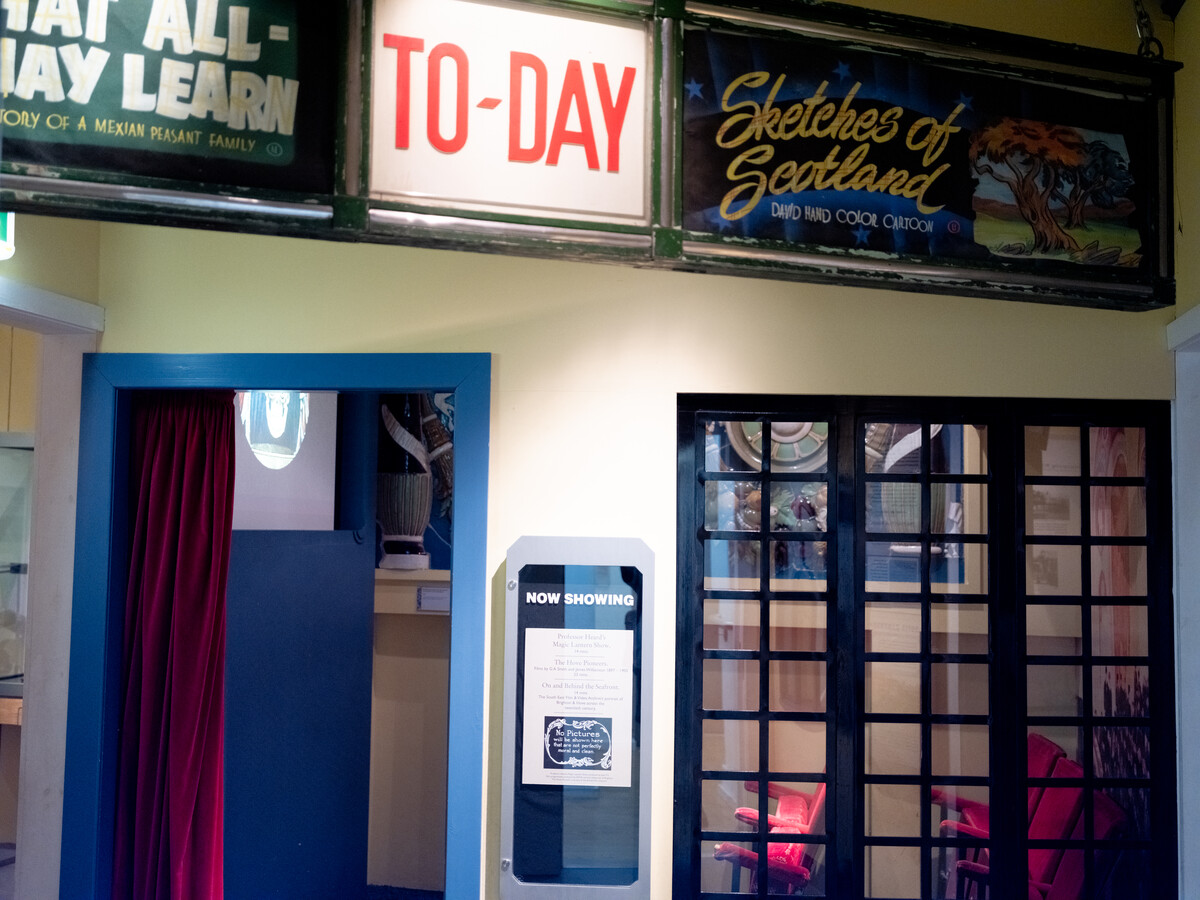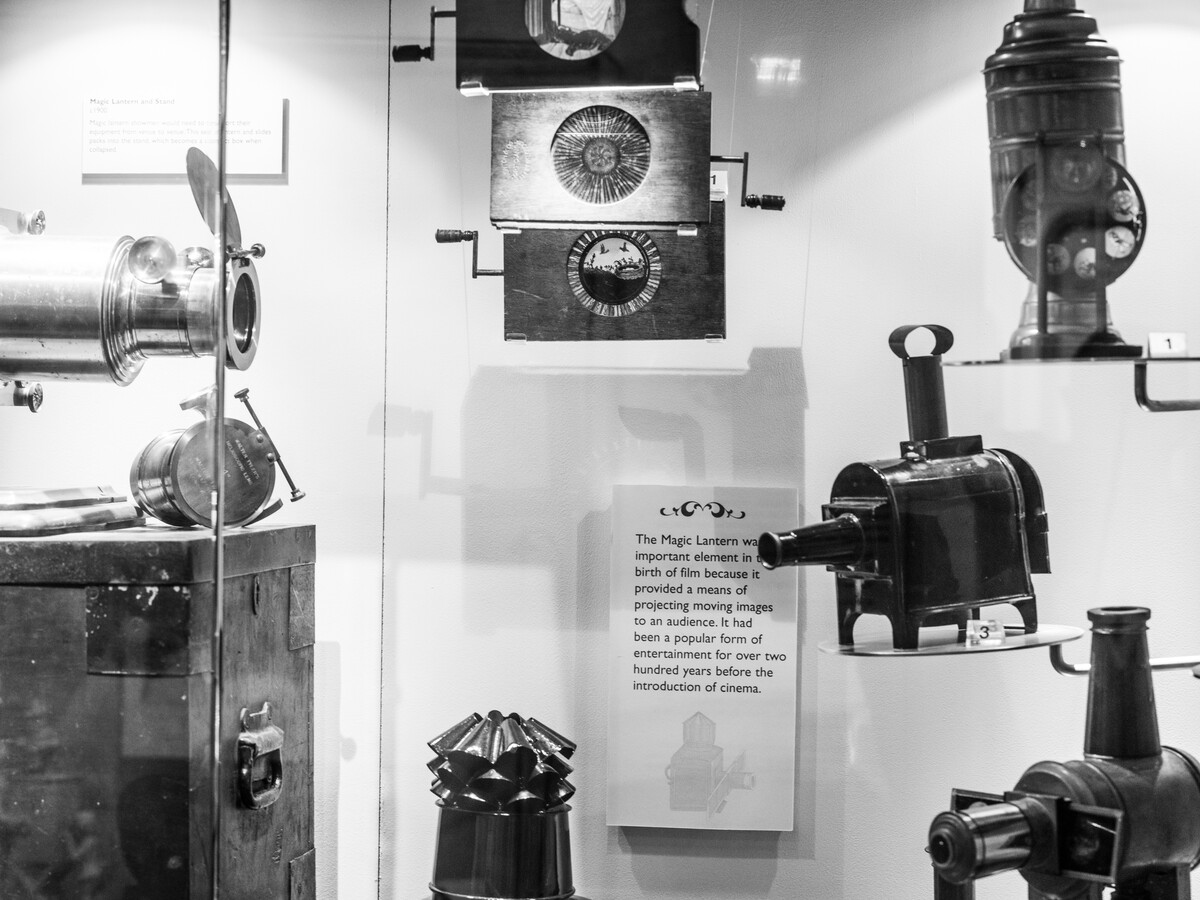
Film

Brighton & Hove has a special place in the history of modern cinema. Our Film galleries celebrate the city’s pioneering filmmakers alongside the evolution of moving pictures.
Hove Museum features two interactive galleries dedicated to the history of film. In Catch A Shadow, we explore early photography and optical toys. These displays show how the projection and performance of moving images using a magic lantern led to the invention of film as we know it today.

Ground-breaking local filmmakers
Our second gallery, Pioneers, focuses on the lives and work of innovative filmmakers from what became known as the Brighton School, such as George Albert Smith and James Williamson. Working with new technology in the late 19th and early 20th centuries, they were responsible for key developments in filmmaking and colour cinematography, putting Hove on the map in the process. You can see footage from some of their ground-breaking films in a mini cinema in the gallery.

From stills to special effects
Highlights on display include a collection of magic lanterns and lantern slides, early still cameras and carte de visite photographs, plus experimental cine cameras, printers and projectors. There’s a Bioscope film projector dating from c1900 and a Biokam, the first cine camera made for commercial use. Also on show is an aerial camera used for reconnaissance during the First World War.
Brighton was the first town outside London to host a film show, so cinema history is part of the story, too. There’s lots of information about early screenings and local venues, as well examples of cinema programmes and books. And we’ve incorporated period fixtures and fittings into the gallery, including traditional seating and part of a 1920s ceramic frieze, both salvaged from local cinemas and installed in our own mini picture house.